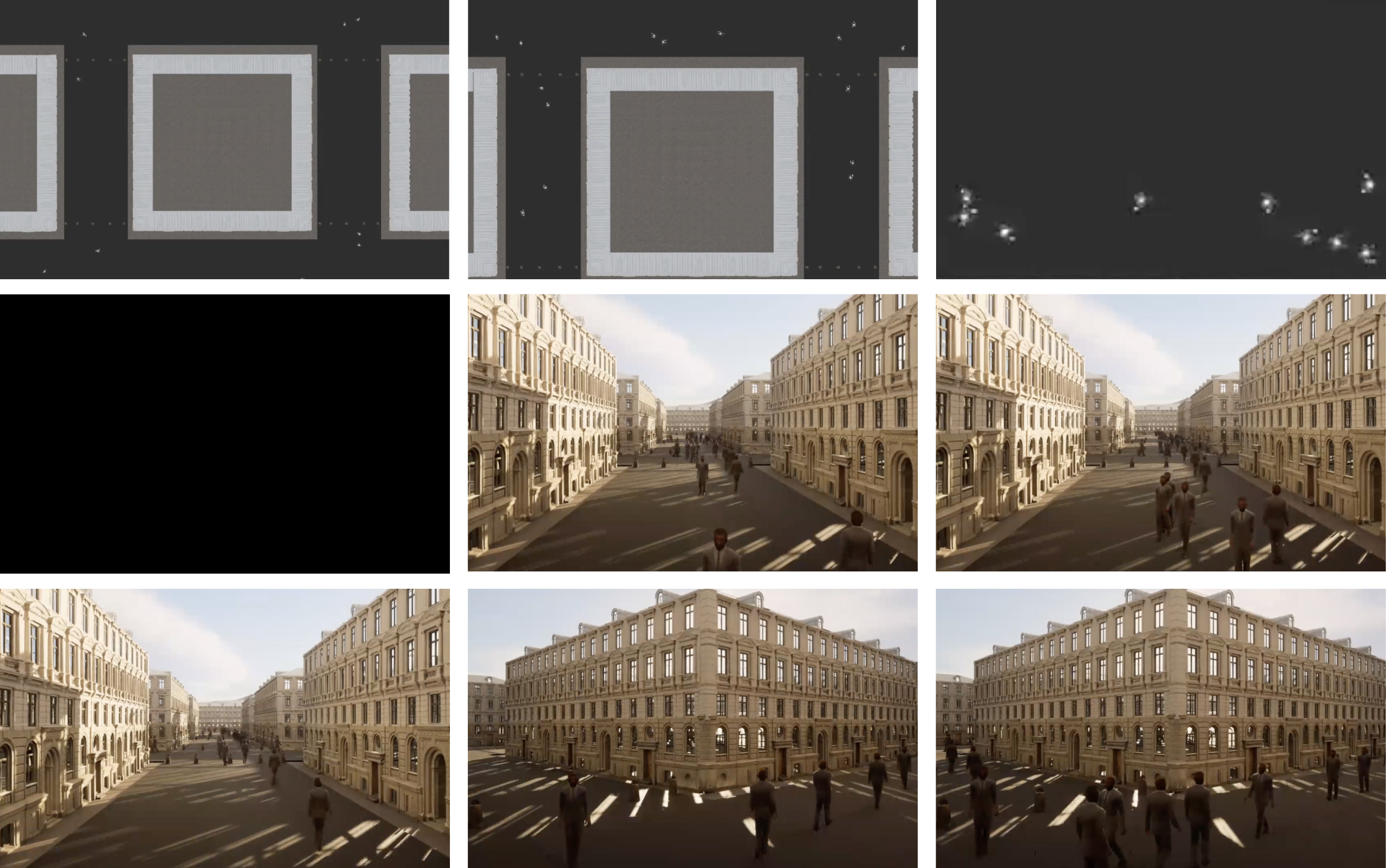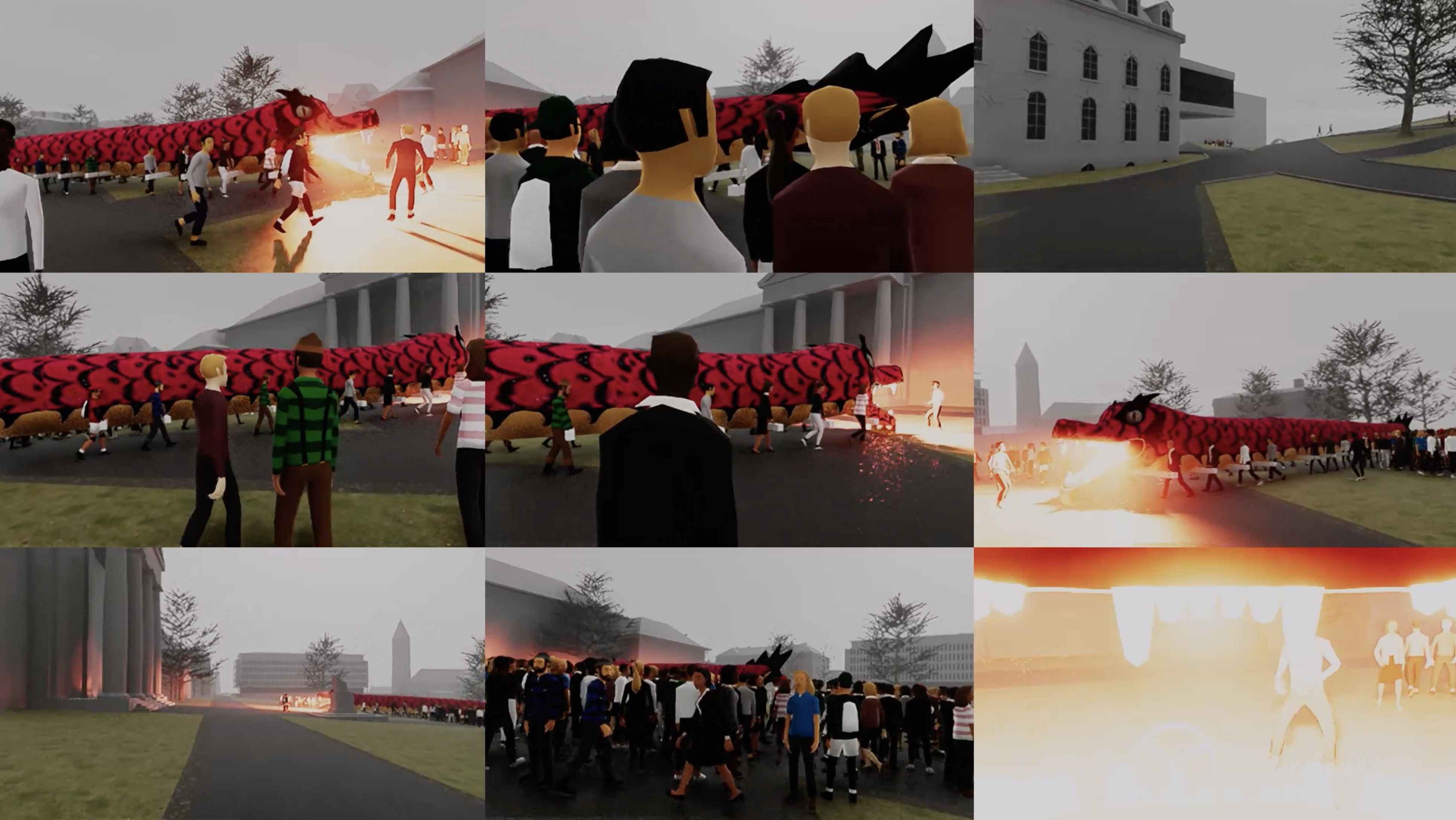Simulation: Theories, Environments, Algorithms
Spring 2022 Seminar | Arch 3308/ 6308 (3 CR.)
This course will analyze new urban simulation technologies that virtualize urban environments and urban subjects. Asking, “where do virtual humans live,” and, “what does it mean to simulate a city,” the course will conduct an extensive survey of urban simulations to examine the implications of their data-collecting practices, mapping systems, and artificial human decision-making models. It will contextualize these techniques within the history of military and video game simulators where many of the ideas first originate. By tracing connections between military-entertainment-simulators and new urban simulators, this course will explore how new urban technologies visualize city residents as if they were enemy combatants on the one hand, and constant consumers on the other. The course will examine the blind spots of supposedly all-immersive, all-seeing simulations to understand how such simulations foreclose on urban futures outside the purview of military, security, and financial motives. Importantly, it will also explore how these technologies can be hacked and redeployed to produce more equitable, just, and imaginative visions for the future of cities.
Specifically, we will use a recent smart city technology, the “digital twin” as object of inquiry and design methodology. A digital twin, a virtual replica that maps data from objects in the physical city to digital proxies in a simulated city, is the latest product being marketed to cities by global logistics companies and smart city technology firms. Digital twins are immersive, omniscient fantasy images, populated with real-time feeds of human activity, weather and traffic events. At stake in this urban technology is the reliance on a computational model to make the city legible to decision makers, who then use this model to create urban futures. This course is a hybrid seminar-workshop and will combine readings and discussions with technical tutorials and design workshops. Students will produce an interactive simulation of an urban environment using the Unreal Gaming Engine—a software package for developing immersive simulations. They will import GIS data from the ESRI suite to drive their simulations. They will learn simple visual scripting methods using Blueprints. They will develop their critical and technical facilities and be asked to expand the possibilities of world-making beyond the logics of monetization and control.
Assignments
Readings - Students are expected to read the weekly texts in preparation for each class.
Questions - Students are expected to post a 100-word response to the weekly readings by 3:00 pm
on the day before each class.
Final – At the conclusion of the semester, students are expected to submit and present a research
project on a topic related to the course that engages with the assigned texts and works. As part of
this research project, students are expected to produce an analysis of an existing form of simulation.
Student may work on this individually or in teams.
Typical Weekly Format
8:30-9:30
Seminar discussion
9:30-10:00:
Show and tell
10:00-11:00:
Tech demo and/or design workshop

Social Tie Simulation. Video frames of social tie simulation. Lulin He, Weijia Sun, Xinyue Geng, and Tongbi Li

Massai: Urban Crowd Simulations. Video frames of messai: urban crowd simulation. Yan Sotolongo and Desai Wang

Nuclear Simulation. Video frames of nuclear simulation. Carol, Chuyi, and Elaine.

The Unseen Disasters. Site model of the unseen disaster. Ohjin Jo, Phasit Rattanachaisit, Mingfeng Jiang, and Haoyuan Wang.

Multimodal Street. Simulation Diagram of Multimodal Street. Rae Chen, Daria Du, Robin He, Raphael Li.

Simulating the Masses. Video frames of simulating the masses. Jeff Zhu, Nasha Gitau, Cedric Lalanne, and Tyler Linnehan.

Webcamming, Intimacy and Simulation. Lucy Yimeng Ding and Zeli Grey.


